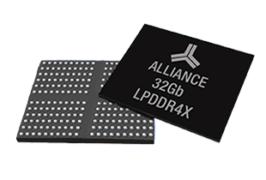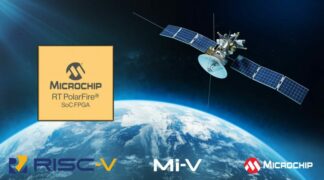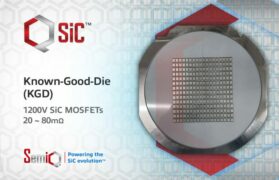With the recent mission of NASA’s Mars 2020 Perseverance Rover, all eyes have been looking to the sky. The rover, landed on Mars’ Jezero Crater on February 18, 2021. According to NASA, it will “seek signs of ancient life and collect samples of rock and regolith (broken rock and soil) for possible return to Earth.” It’s constantly capturing fascinating images and sounds from the crater and delivering them for all to see, and will continue to do so for the next two Earth years (one Mars year).
Many of us watched in awe as Perseverance made its entry, descent and landing (EDL) into the crater, dubbed the “seven minutes of terror.” It’s a harrowing sequence. As the spacecraft enters the Martian atmosphere, it is traveling at 12,500 miles per hour – fast enough to vaporize. From that moment, it has seven minutes to reach the narrow target, which means the spacecraft must reduce its speed to zero in a very short amount of time. Not only that, the speed of the EDL happens faster than a radio signal can reach Earth from Mars, leaving Perseverance to pilot itself through those critical minutes with the help of Jet Propulsion Laboratory’s (JPL) rocket-powered sky crane…with Qorvo parts inside.
Coming in for a Landing
Similar to Qorvo technology’s role back in 2012 when Curiosity landed on Mars, NASA’s Jet Propulsion Laboratory (JPL) officials confirmed that Qorvo products were integrated into the Mars Perseverance’s critical descent stage landing radar – a component of the sky crane that lowered the rover to the surface.
A Look Inside Perseverance:

This illustration, created by NASA/JPL-Caltech, depicts five major components of the Mars 2020 spacecraft. Top to bottom: cruise stage, backshell, descent stage, Perseverance rover and heat shield. The various components perform critical roles during the vehicle’s cruise to Mars and its dramatic entry, descent, and landing. Qorvo parts were included in the descent stage component, also known as the sky crane.
At takeoff, Perseverance was transported by the ring-shaped cruise stage. Once it entered the Martian atmosphere and EDL began, the cruise stage burned up. In this phase, Perseverance was housed in a heat shield so it could tolerate temperatures reaching about 2,370 degrees Fahrenheit. It then deployed a chute at a predetermined distance from the target site and discarded the heat shields, revealing landing radar and cameras to help the spacecraft navigate the safe landing.










